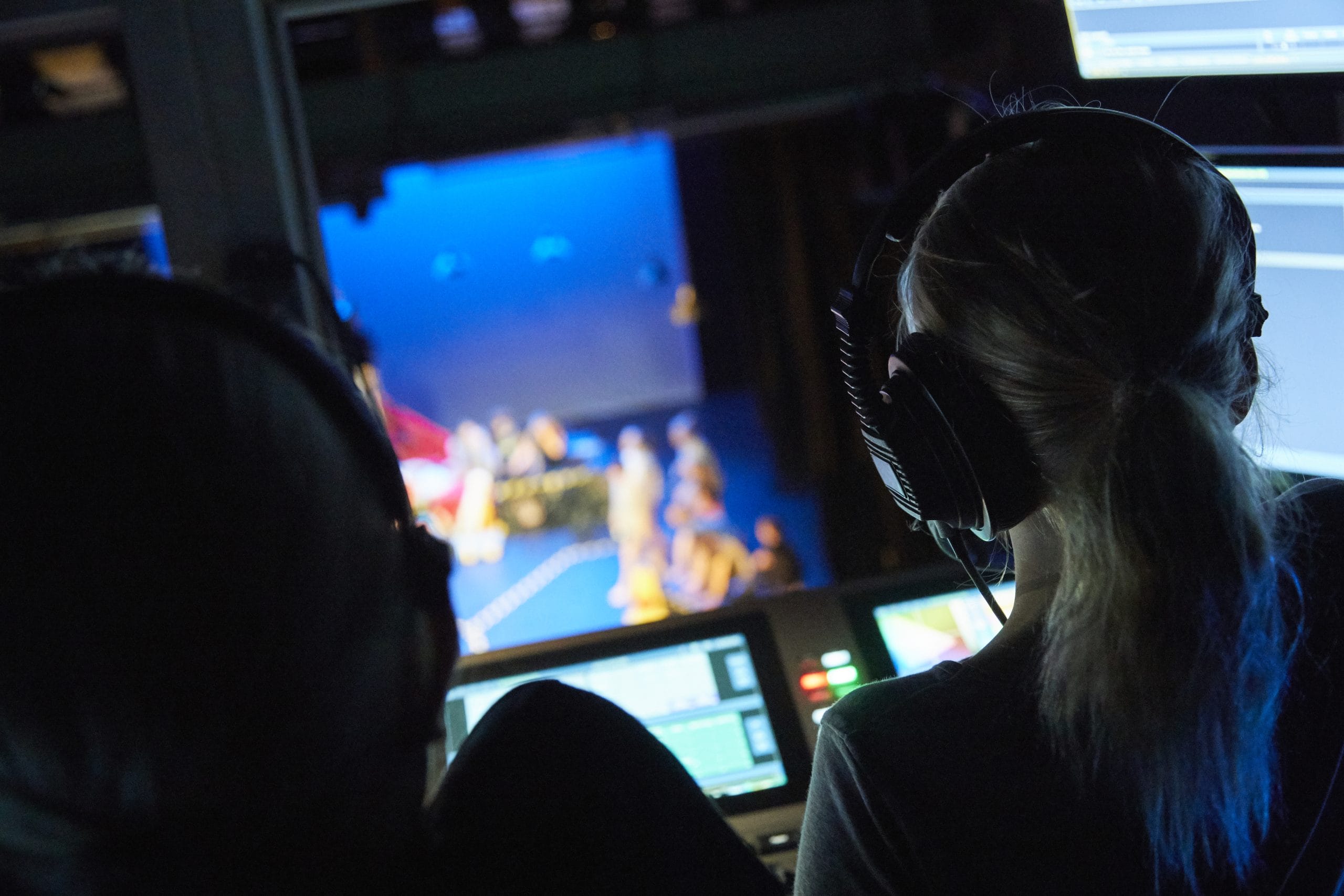Akademi’s Plastic Drastic Fantastic transforms the global story of plastic into a visually stunning and emotionally charged dance-theatre piece.
Plastic. It’s everywhere. We can’t live without it. But how do we truly communicate its challenges? A story that’s been told countless times, one we think we already understand? How do we jolt audiences out of complacency and inspire fresh reflection on something so deeply woven into our lives?
Akademi, in co-production with Polka Theatre, offers one such jump of awareness through Plastic Drastic Fantastic. Instead of lectures or statistics, the show speaks in rhythm, gesture and visual poetry. Through the expressive language of South Asian dance, it allows us to feel the material’s contradictions: its beauty, its versatility, its danger.
Directed and choreographed by Suba Subramaniam, a former science teacher turned artistic visionary, the production weaves together scientific curiosity and South Asian classical dance forms, primarily Kathak and Bharatanatyam, to explore both the beauty and the burden of plastic. The result is a blend of art and activism: a performance that is visually striking, musically resonant and thematically urgent.
From the very first moments, the stage transforms into a playground of textures and transformations. The dancers’ movements are precise and meticulous, weaving between playfulness and tension. Hands morph into birds and butterflies, symbolising transformation and fragility; bodies twist and ripple like synthetic molecules forming and breaking apart. Each stomp and slap of the foot — a hallmark of traditional South Asian dance — lands with visceral power, pulling us from passive observation into embodied awareness.
In one particularly striking sequence, a single plastic bag becomes the focal point of the scene: twisted, tossed, and tenderly manipulated into countless forms, forcing the audience to confront just how much this ubiquitous material shapes every moment of our existence.
Following the performance, an intimate post-show discussion offered further insight into the creative process. We learned that this was, astonishingly, the first public performance for the dancers, who had only five days to learn the piece. Their precision and emotional depth are a testament to their skill but also to Subramaniam’s collaborative and empowering approach to direction.
When asked about her motivation for creating the show, Subramaniam shared her hope that audiences would leave not with guilt, but with a greater sense of mindfulness. “People already know how to recycle,” she said. “Now it’s about being considerate — about how much we consume, how much we throw away.”
The show concludes on a hopeful note: dancers come together to rescue a sea creature entangled in plastic, cleansing both the stage and, symbolically, the world it represents. It’s a gentle reminder that while the problem is vast, the capacity for change lies within each of us.
Plastic Drastic Fantastic is a visually stunning, emotionally charged, and deeply human reflection on the most inhuman material of our age. A triumph of storytelling without words, it captivates the eye, stirs the heart and lingers in the mind after the final bow. Through its inventive choreography, cross-cultural richness, and environmental message, it succeeds in making the familiar strange again, urging us to look — and act — differently. A fantastic achievement.














